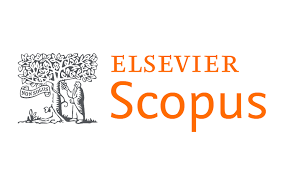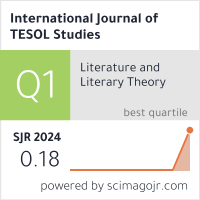2632-6779 (Print)
2633-6898 (Online)


Scopus
Ulrich’s Periodicals Directory (ProQuest)
MLA International Bibliography
MLA Directory of Periodicals
Directory of Open Access Journals (DOAJ)
QOAM (Quality Open Access Market)
British National Bibliography
WAC Clearinghouse Journal Listings
EBSCO Education
ICI Journals Master List
ERIH PLUS
CNKI Scholar
Gale-Cengage
WorldCat
Crossref
Baidu Scholar
British Library
J-Gate
ROAD
BASE
Publons
Google Scholar
Semantic Scholar
ORE Directory
TIRF
China National Center for Philosophy and Social Sciences Documentation
Yuanyuan Wei
Renmin University of China, China
Abstract
A number of studies have investigated phrasal verbs from various aspects (Liu, 2006; Yu, 2011; Liao & Fukuya, 2004). However, those studies lack generality, because only a couple of phrasal verbs were chosen as examples, or too much content prompt was offered in task response of L2 learners. The current study applies a corpus-based approach to investigate English phrasal verbs in free conversations from a Chinese learner corpus, SWECCL (Wen & Wang, 2008), which demonstrates Chinese students’ actual use of phrasal verbs. This study focuses on analysis of two phenomena: development of phrasal verb uses and avoidance of phrasal verbs across different proficiency levels in Chinese students’ oral English conversations. Results showed that students at higher proficiency level used more phrasal verbs in oral communication, and the progress of phrasal verb use was evident from middle proficiency level to advanced proficiency level. The study also found that phrasal verbs occurred less frequently overall in L2 learners’ oral conversations compared with frequency of their single-word synonyms.
Keywords
English phrasal verbs, Chinese learner corpus, proficiency level, single-word synonyms